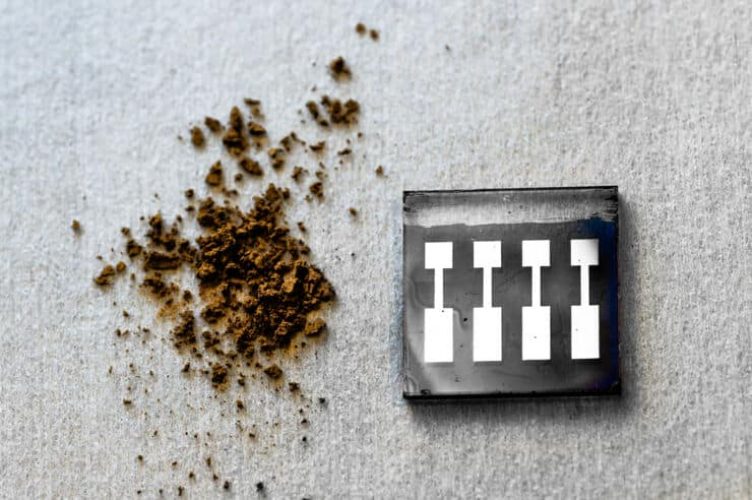Organic solar cells have emerged as a hot research area, thanks to their low production cost and their light-weight, non-toxic and flexible properties. Some research challenges do however exist, with the most important challenge being device stability. Also, today the organic solar cells are based on fossil raw materials,
WWSC researchers at Linköping University have now adressed the challenges by using a lignin-based material, so called lignin-organic semiconductor composite cathode interface layer (CIL) materials. As the bio-based component, Kraft lignin fractions were used to enhance the stability of the CIL and tune the charge extraction barriers. This yielded enhanced power conversion efficiency and device stability. The results were recently publiced in Advanced materials.

“We have created a material, or composite, from kraft lignin which is to constitute the cathode interface layer. It turned out that this made the solar cell more stable. The advantage of kraft lignin is that it has the ability to create many hydrogen bonds, which helps to stabilise the solar cell,” says Qilun Zhang, prinicipal research engineer, to liu.se.
Similar challenges exist for metal halide perovskite solar cells, and the researchers report that lignin composite CILs show promise here as well, which may enable even more sustainable energy production by solar cells in the future.
Read the full article with Quilun Zhang and Mats Fahlman at liu.se.
The project has been funded mainly by KAW via WWSC. Through WWSC, the project drew upon a wide range of competences in lignin, organic semiconductors, material characterization, device physics and modeling to achive the succesful results.
Read the publication:
Industrial Kraft Lignin Based Binary Cathode Interface Layer Enables Enhanced Stability in High Efficiency Organic Solar Cells; Qilun Zhang, Tiefeng Liu, Sebastian Wilken, Shaobing Xiong, Huotian Zhang, Iuliana Ribca, Mingna Liao, Xianjie Liu, Renee Kroon, Simone Fabiano, Feng Gao, Martin Lawoko, Qinye Bao, Ronald Österbacka, Mats Johansson, Mats Fahlman; Advanced Materials 2023, published online on 9 October 2023. DOI: https://doi.org/10.1002/adma.202307646





